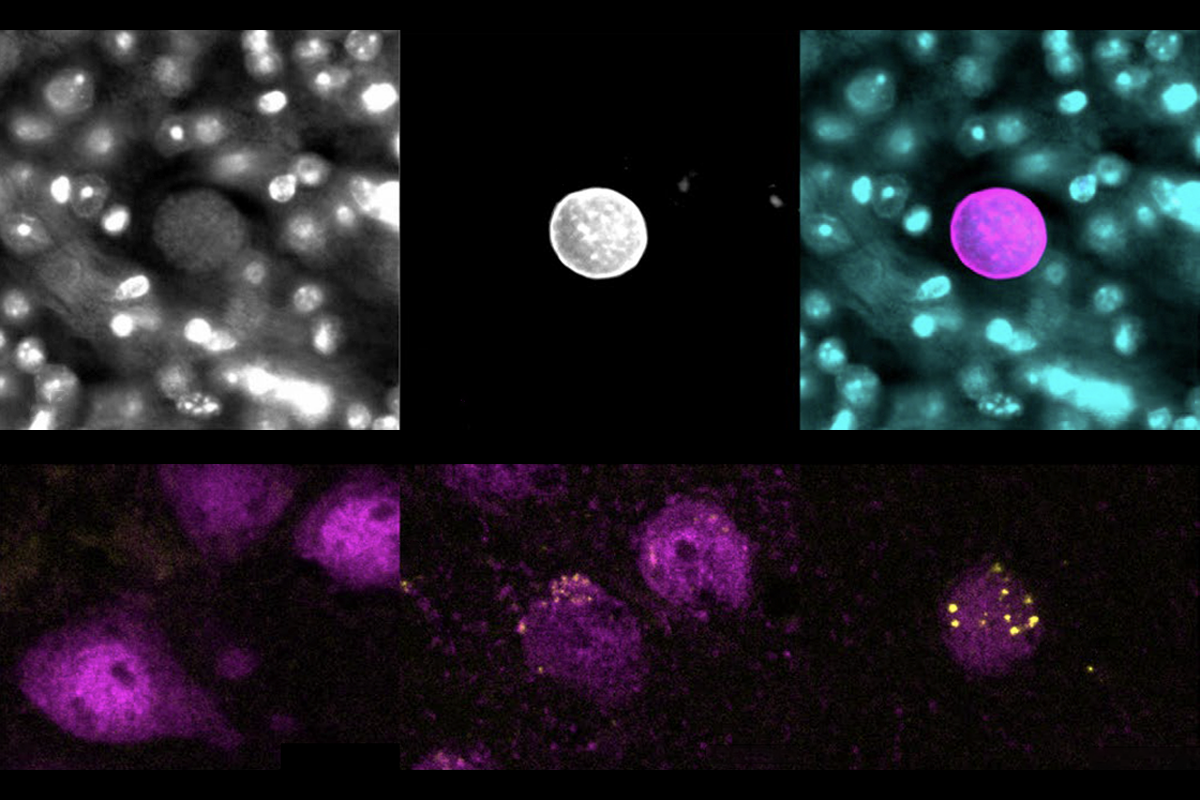In late 2013, while on a trip that included a stop in Las Vegas, parasitologist Lilach Sheiner received an unexpected call. Two researchers at Tel Aviv University asked if she could help them in their effort to use a parasite to deliver proteins to the brain. Excited and intrigued, she agreed, even though she hadn’t yet set up her own lab, Sheiner recalls.
Fast forward 11 years and what Sheiner calls a wild “Las Vegas idea” has yielded a tool that uses Toxoplasma gondii, a common brain parasite, to ferry proteins directly to neurons. With this approach, the researchers have delivered MECP2, the protein that is lacking in people with Rett syndrome, to neurons in living mice and brain organoids.
The method might address a major challenge in research and medicine: getting large proteins, such as genome-editing tools, across the blood-brain barrier, which blocks most substances from entering the brain. But the technique does not seem to work for all proteins and is not yet safe enough for use in people, says Sheiner, now professor of parasitology at the University of Glasgow.
“It’s a crazy project,” Sheiner says. But, she adds, delivering proteins across the blood-brain barrier “is a challenge that required a crazy solution.”
Previous attempts to use nanoparticles or other methods to transport large molecules across this barrier have had limited success.
T. gondii has evolved to infect the brain, either by traveling there from the gut or by tricking immune cells into carrying it across the blood-brain barrier. The parasite has specialized structures that allow it to inject proteins into the cells it infects.
S
heiner and her colleagues harnessed this ability by engineering 27 different T. gondii strains to deliver various therapeutic proteins, including MECP2, to neurons in mouse brains and human brain organoids.T. gondii ferried MECP2 to neurons in mice without causing significant inflammation in other parts of the body, the researchers found. In brain organoids, MECP2 influenced the expression of some of its target genes in neurons. The team published the findings in Nature Microbiology in July.
MECP2 was one of the few proteins that successfully made it through all stages of delivery by T. gondii, Sheiner says. Many other proteins failed at different steps—either they weren’t expressed properly by the parasite, didn’t reach the right spot inside it, or couldn’t be released because they were too large.
Delivering other proteins to the brain will therefore require further optimization, such as tweaking their DNA sequences to improve expression and targeting. The researchers say they hope a company will take on this fine-tuning task.
But if the parasite’s potential can be harnessed more broadly, many research applications could be explored, she adds. For example, Sheiner says she can envision such a tool being used to test the effects of various compounds in the brain or as an alternative to invasive techniques that manipulate neurons in a targeted way.
She also notes that before the tool can edge closer to the clinic, the parasite’s virulence must be dampened, as it can cause severe damage in people with a weakened immune system. Other challenges include finding ways to reach more cells in the brain and targeting specific neurons rather than letting the parasite affect any cell it encounters, she says.
Sheiner adds that it’s important to work with proteins that won’t cause damage if they are expressed in unintended tissues. As it stands, she says, “nobody should rush to use [this tool] to treat people with Rett syndrome.”





